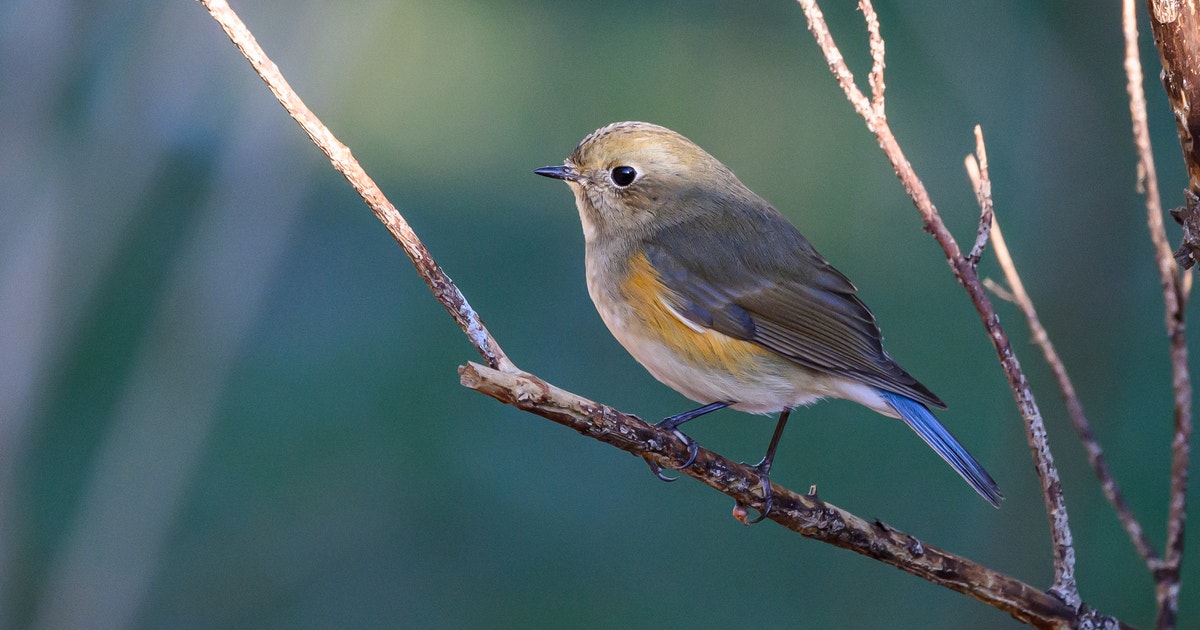Of the many stories about vagrant birds we’ve covered at Audubon, one remains stuck in my craw. In the spring of 2017, an incredible bit of happenstance occurred: A brilliant Vermilion Flycatcher, native to the Southwest, was recorded alighting on a branch at Audubon’s Hog Island in Maine. This was shocking for two reasons: Not only was the small bird extremely far from home, but a webcam streaming live just happened to be trained on the exact twig the flycatcher had perched on.
What are the odds?
The sighting was Maine’s first ever confirmed Vermilion, but there had been one unverified report back in the 1990s (this species is known to wander). Considering all that, you have to wonder: How many Maine Vermilions have we missed?
This nettlesome thought cropped up again in December when a Red-flanked Bluetail showed up in New Jersey—the furthest east ever recorded for this primarily Asian migrant. As it’s a relatively tiny songbird, the chances of it being identified—in the backyard of a housing development, no less—seem vanishingly small. Even an experienced birder could have easily assumed that the little bird bopping about in the bushes over there was just another sparrow.
So, once again, you have to wonder: Was this really the first bluetail on the East Coast?
Obviously the bird was extraordinarily rare, so I don’t mean to downplay its importance or novelty. Same goes for that very lost Vermilion Flycatcher. But the sheer amount of luck involved in both of these accounts does make you question how rare these “rare birds” really are. Are all those firsts for even the most surprising of states actually firsts? How many have come before—and how many have yet to pass through? It’s fun to consider and a great reminder of a timeless birding mantra: Bird every bird, because you never know what you might see out there.

